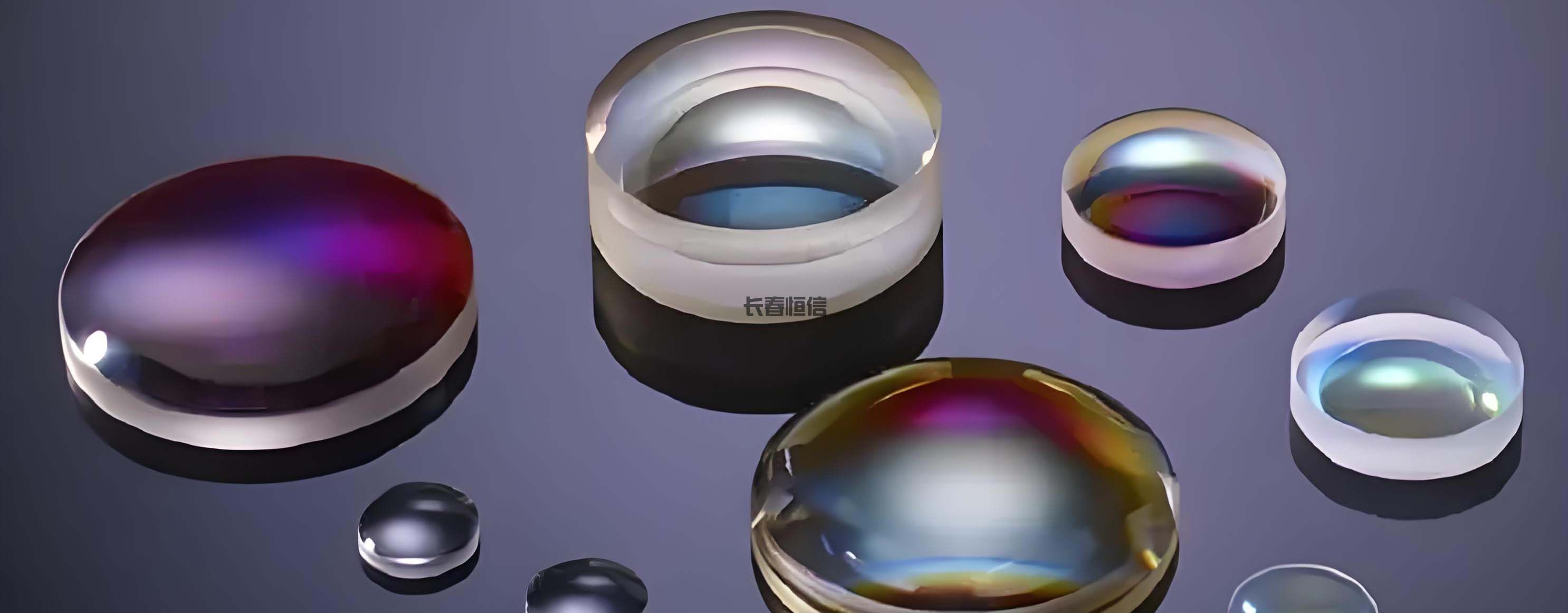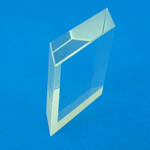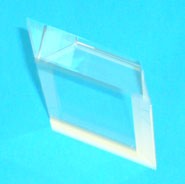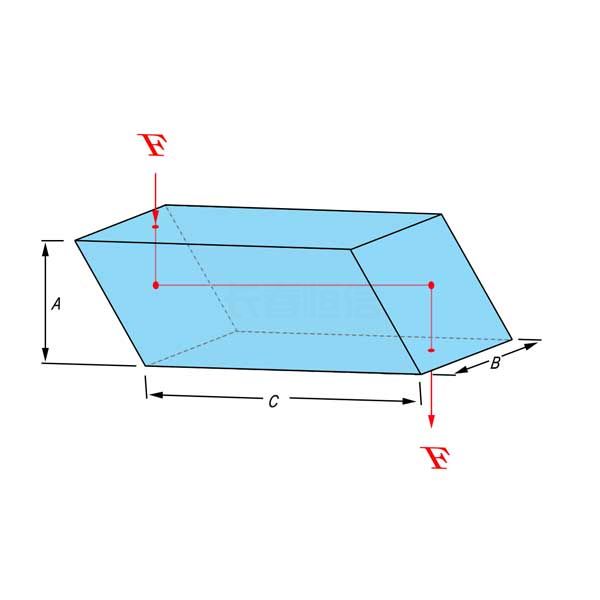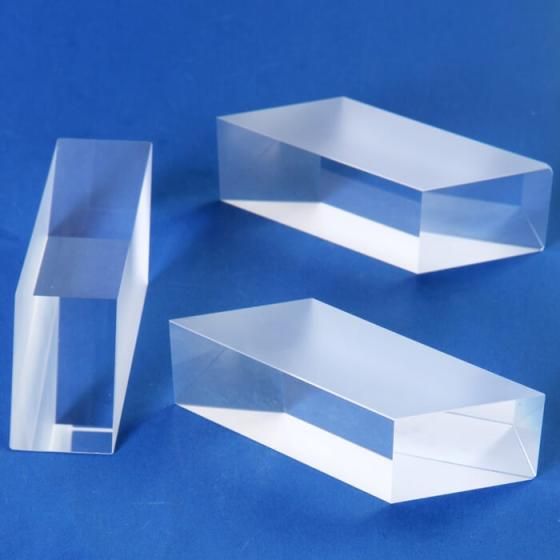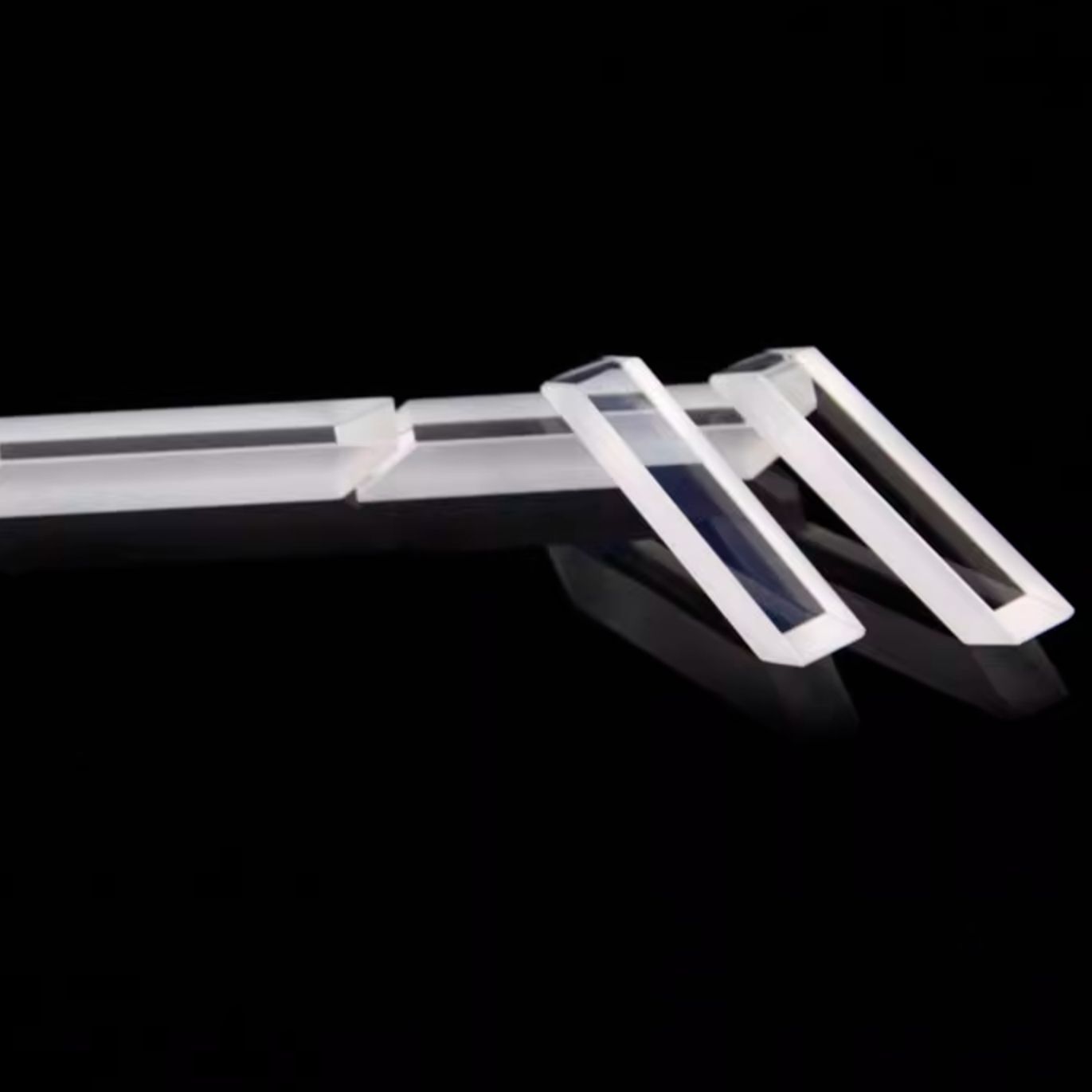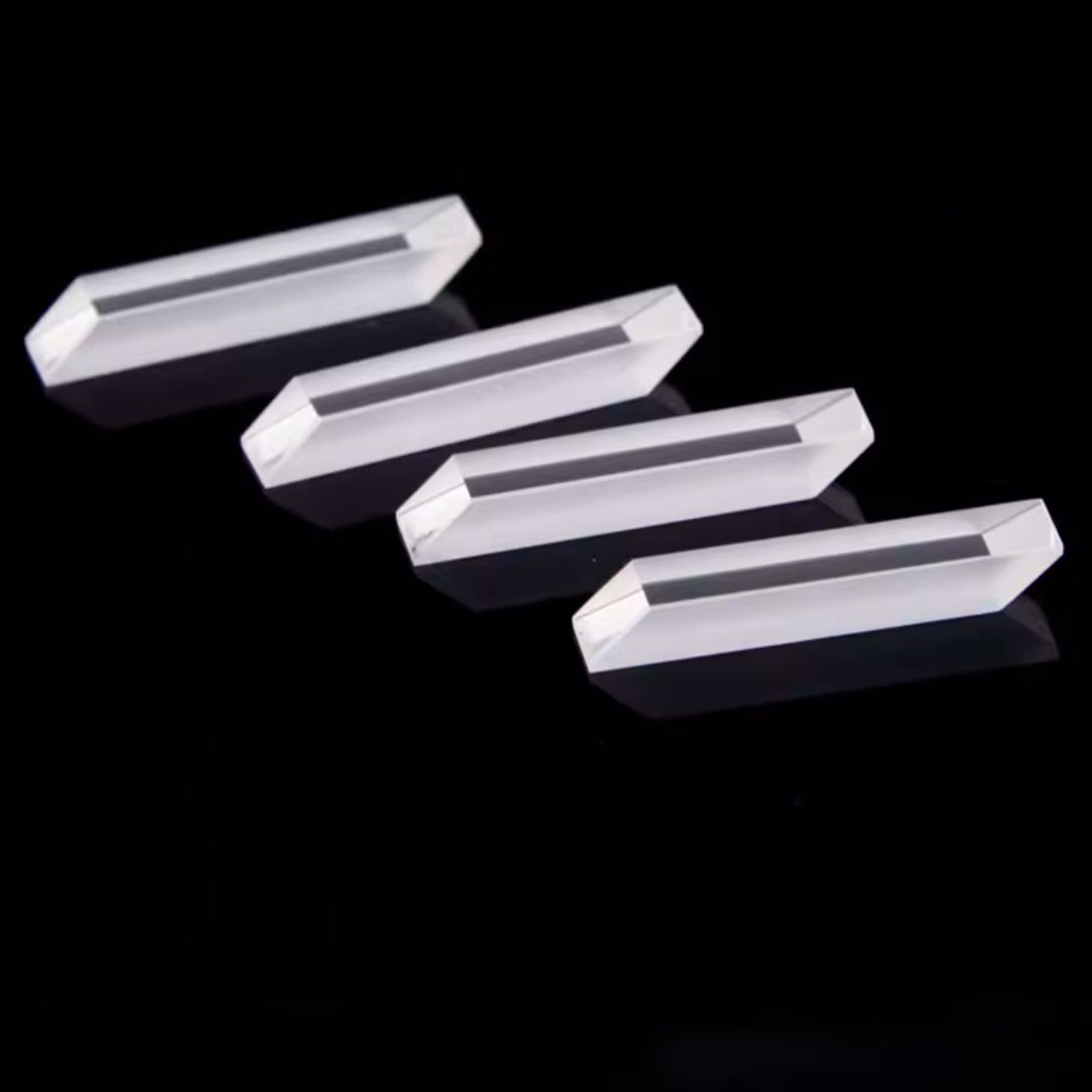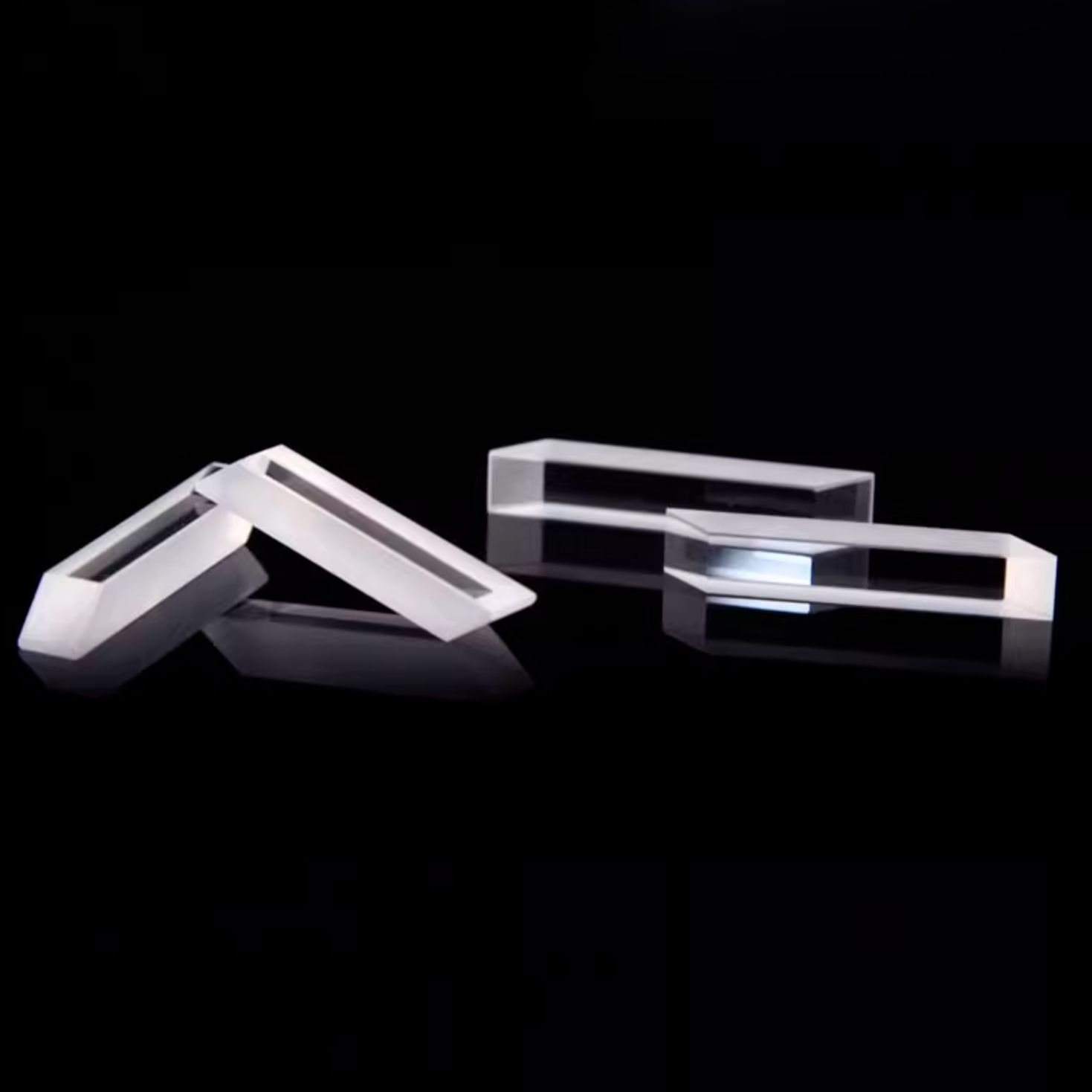Rhombic prism
A rhomboid prism is a versatile geometric shape with a wide range of applications. Its unique structure makes it ideal for use in optical systems, as well as in mechanical and structural engineering.
Some of the most common uses for a rhomboid prism include:
-Refraction and reflection of light
-Dispersion of light
-Beam steering
-Optical communication
-Laser systems
-Imaging systems
In each of these applications, the rhomboid prism’s ability to bend and reflect light in a specific way is exploited to produce the desired effect.
Rhomboid prisms are also used in a variety of other fields, such as architecture and interior design. Their unique shape can add a touch of visual interest to any space.
So, whether you’re using a rhomboid prism for its optical properties or for its aesthetic appeal, there’s no doubt that it’s a versatile and useful geometric shape.
| Material | BK7 and Fused silica typically, Visible optical glass, Infrared optical glass. | |||
| Tolerances | Low precision | Standard Precision | High precision | |
| Glass Quality | nd | ±0.001 | ±0.0005 | Melt controlled |
| vd | ±0.8% | ±0.3% | Melt controlled | |
| Dimension Tolerance (mm) | ±0.20 | ±0.10 | +0.01/-0.01 | |
| Angle Tolerance (θ1) | 3 minutes | 1 minutes | 10 second | |
| Angle Tolerance (θ2) | 3 minutes | 1 minutes | 10 second | |
| Scratch-Dig | 80-50 | 60-40 | 20-10 | |
| Wave front Distortion at 632.8nm | λ per 25mm | λ/4per 25mm | λ/10 per 25mm | |
| Clear Aperture | 80% | 90% | 95% | |
| Bevel | 0.3±0.10mmx45°or upon requirement | 0.1±0.10mmx45° | ||
| Coating | Coating may be available by custom order | |||






